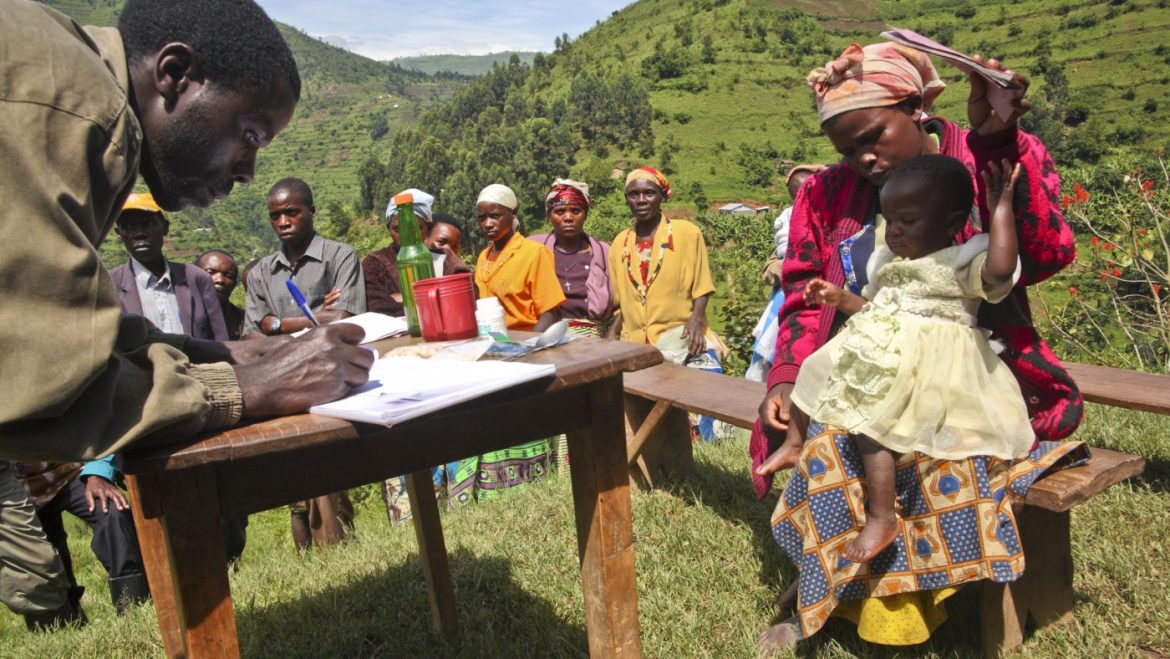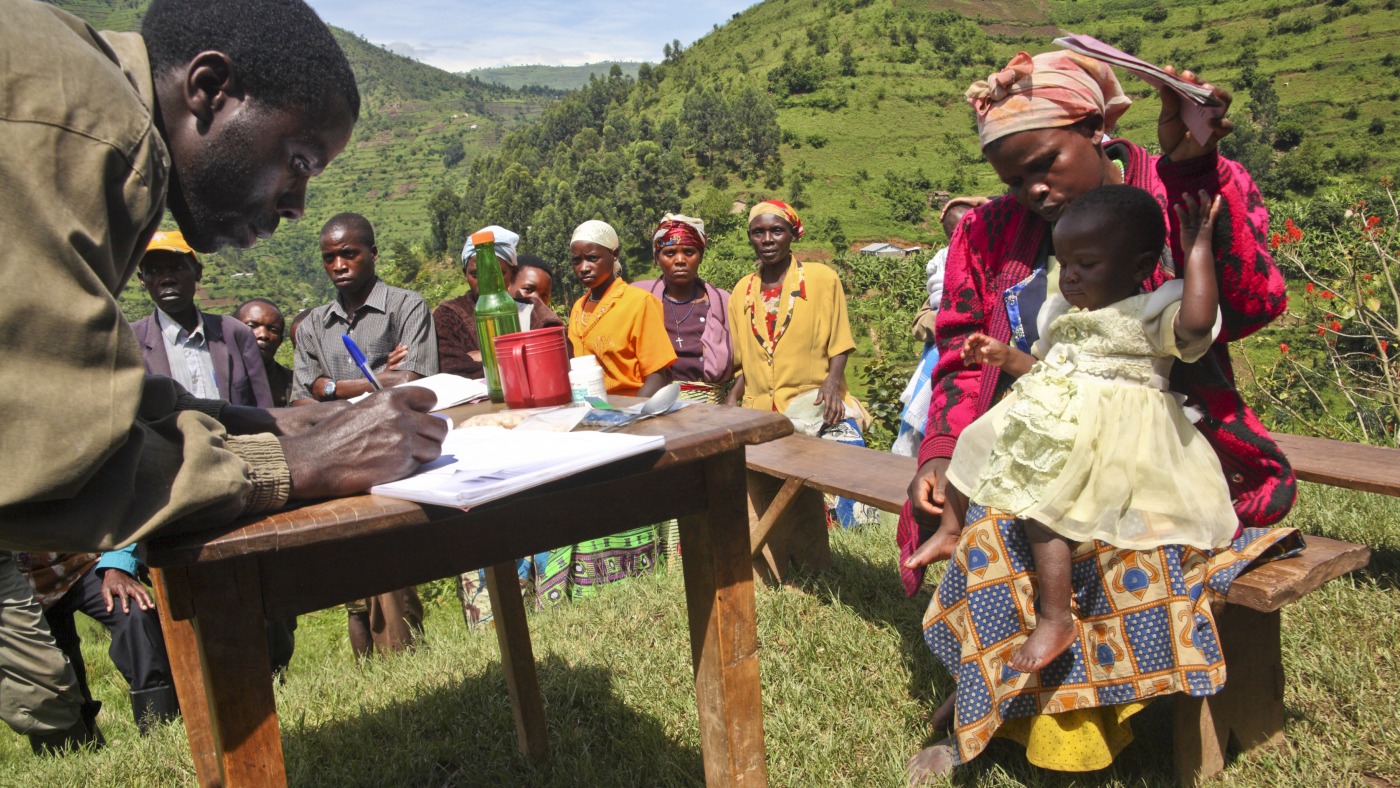Neglected tropical diseases (NTDs) present a complex and urgent global health challenge, disproportionately impacting impoverished and vulnerable populations, primarily in tropical and subtropical regions. Despite significant progress over the past decades, recent developments signal a troubling resurgence of neglect, threatening the advances made in controlling and eliminating these diseases. This report delves into the current landscape of NTDs, examining their significance, the challenges exacerbating their neglect, and potential pathways forward to sustain and expand the progress achieved.
Understanding Neglected Tropical Diseases: Scope and Impact
NTDs comprise a diverse group of more than twenty diseases caused by pathogens including viruses, bacteria, parasites, and fungi. They afflict over a billion people globally, largely among those living in poverty without access to clean water, sanitation, and adequate healthcare. These diseases cause severe pain, disfigurement, disability, and even death, imposing heavy health, social, and economic burdens on affected communities. Common examples include river blindness (onchocerciasis), dengue fever, chikungunya, trachoma, and lymphatic filariasis.
The epidemiology of NTDs is tightly linked to social determinants such as poverty, inadequate sanitation, and lack of infrastructure. Beyond the intimate health effects, NTDs also erode economic productivity, deepen social inequities, and perpetuate a cycle of poverty. Women, children, and persons with disabilities face disproportionate impacts, amplifying the intergenerational consequences.
Progress Achieved: A Decade of Highlighted Success
Significant strides in reducing the prevalence and impact of NTDs have been noted globally. By May 2025, 56 countries have succeeded in eliminating at least one NTD, reflecting tangible progress towards the World Health Organization’s (WHO) ambitious goal of eradicating 100 diseases by 2030. Integrated control efforts, combining mass drug administration, improved diagnostics, vector control, and public health education, have proved cost-effective and vital.
Collaborations at international and local levels, including WHO-led initiatives, CDC programs, and extensive partner networks, have enhanced surveillance systems, treatment access, and community engagement. The development of innovative tools, such as advanced genetic analyses for disease monitoring and the recent introduction of more effective vaccines (e.g., Takeda’s dengue vaccine), offer promising avenues for improved control.
The Resurgence of Neglect: Emerging Challenges and Threats
Despite these successes, recent funding cuts and shifting political priorities have exacerbated vulnerabilities within NTD programs. Official Development Assistance (ODA) reductions, particularly from significant donors like the United States, jeopardize supply chains for vital medications and undermine long-term elimination strategies. This retrenchment threatens to reverse gains, leaving affected populations at increased risk of disease resurgence.
Additionally, the complexity of patient needs in marginalized communities is often overlooked, creating gaps in care that hinder comprehensive disease control. As many of the afflicted regions remain underserved by health infrastructure, the sustainability of interventions becomes uncertain. Compounding this, the COVID-19 pandemic and other global crises have diverted resources and attention away from NTDs, increasing their invisibility in global health priorities.
The terminology of “neglected” itself underscores the systemic marginalization of these diseases, often viewed as “other” or secondary illnesses outside primary global health agendas. This perception challenges efforts to mobilize political will and secure adequate investments in research, innovation, and implementation.
Harnessing Innovation for NTD Control and Elimination
To break the cycle of neglect, experts advocate harnessing cutting-edge technologies and methodologies. Genetic sequencing and other molecular tools can enhance the accuracy and timeliness of epidemiological studies, guiding targeted interventions. Novel vaccines under development and improved delivery strategies hold promise for more effective prevention.
Equally essential is the integration of social-ecological approaches that address the broader determinants of health, recognizing that medical interventions alone cannot resolve endemic NTD issues. Strengthening health systems, improving water and sanitation infrastructure, and fostering inclusive community participation are critical components.
Partnerships must expand beyond the health sector, involving education, economic development, and environmental sustainability efforts that collectively tackle the root causes perpetuating NTDs. The global NTD road map (2021-2030) offers a strategic framework aimed at aligning diverse stakeholders and guiding concerted actions towards elimination.
Conclusion: Beyond Neglect—A Call to Sustain Momentum
The narrative surrounding neglected tropical diseases is at a crossroads. On one hand, decades of dedicated efforts have delivered unprecedented reductions in disease burden and illuminated pathways toward elimination. On the other, renewed neglect fueled by funding cuts, shifting priorities, and systemic challenges risks erasing hard-won victories.
Addressing the multifaceted nature of NTDs demands reinvigorated commitment, innovative thinking, and a holistic approach that goes beyond treating diseases to transforming the socio-economic realities that sustain them. Ending the neglect is not simply a health imperative but a stride toward social justice, economic equity, and global solidarity.
The message resounds clearly: sustained investment, political will, and collaborative action are paramount to ensure that neglected tropical diseases finally cease to be neglected—and begin to be consigned to history.


